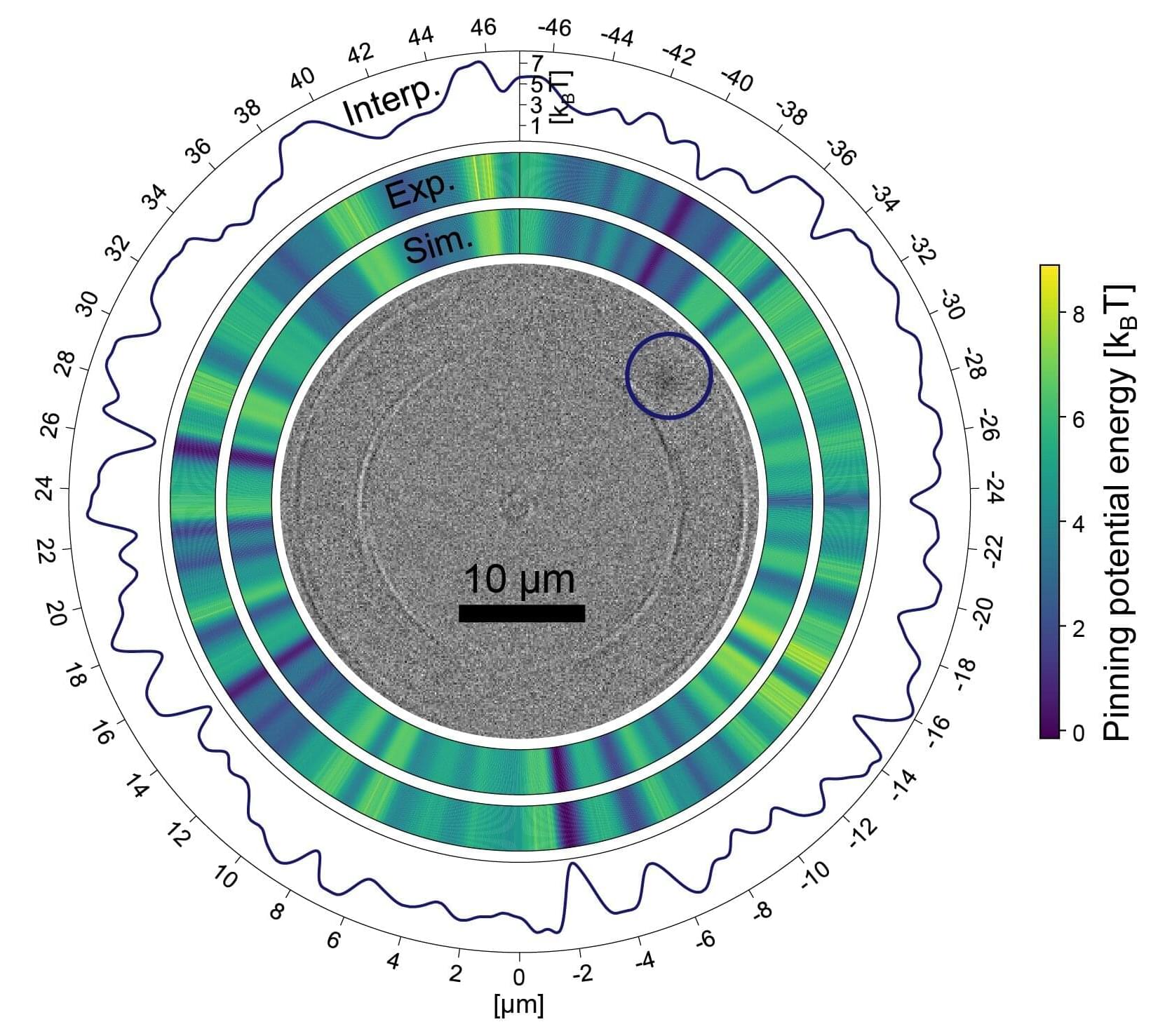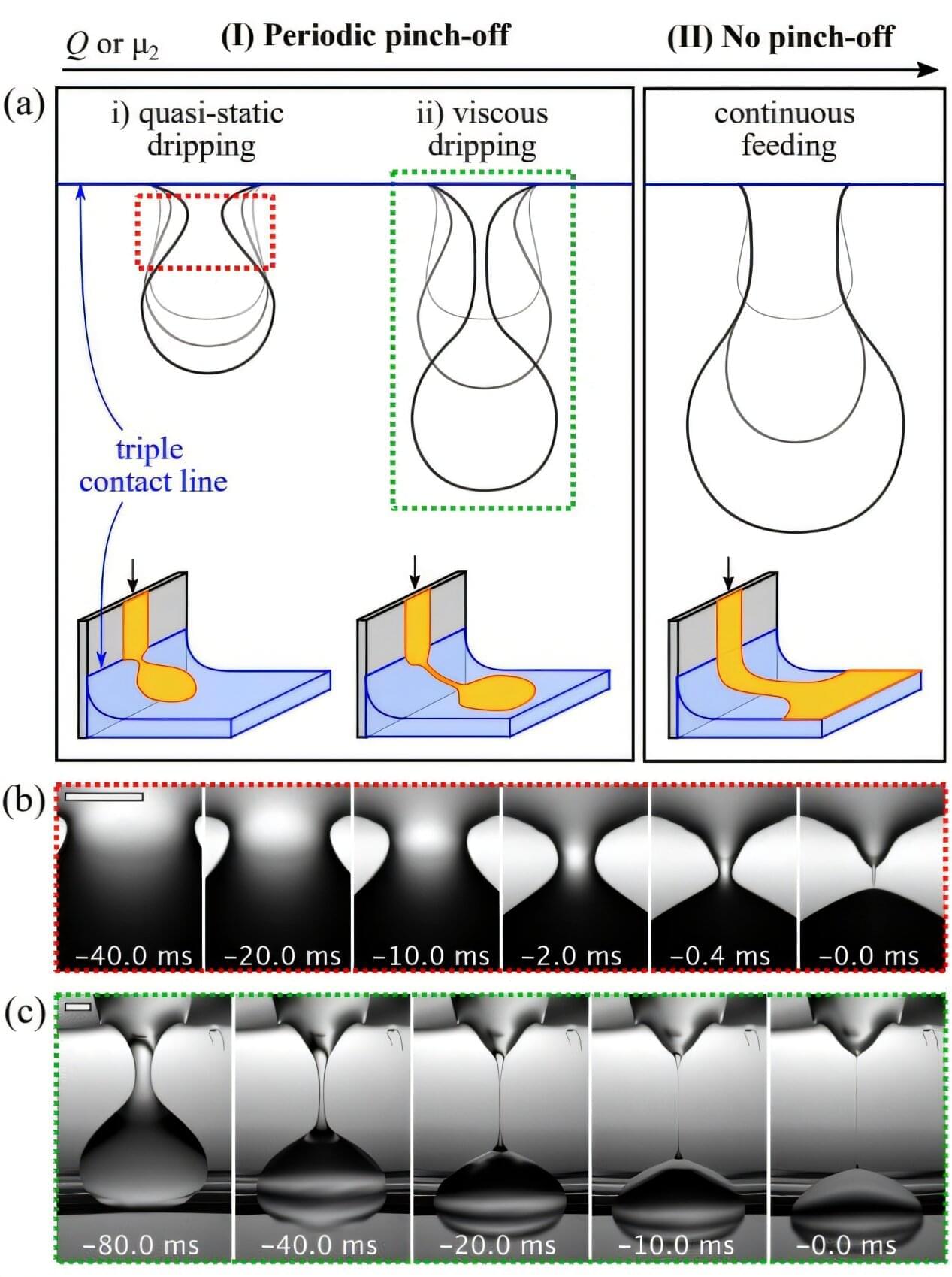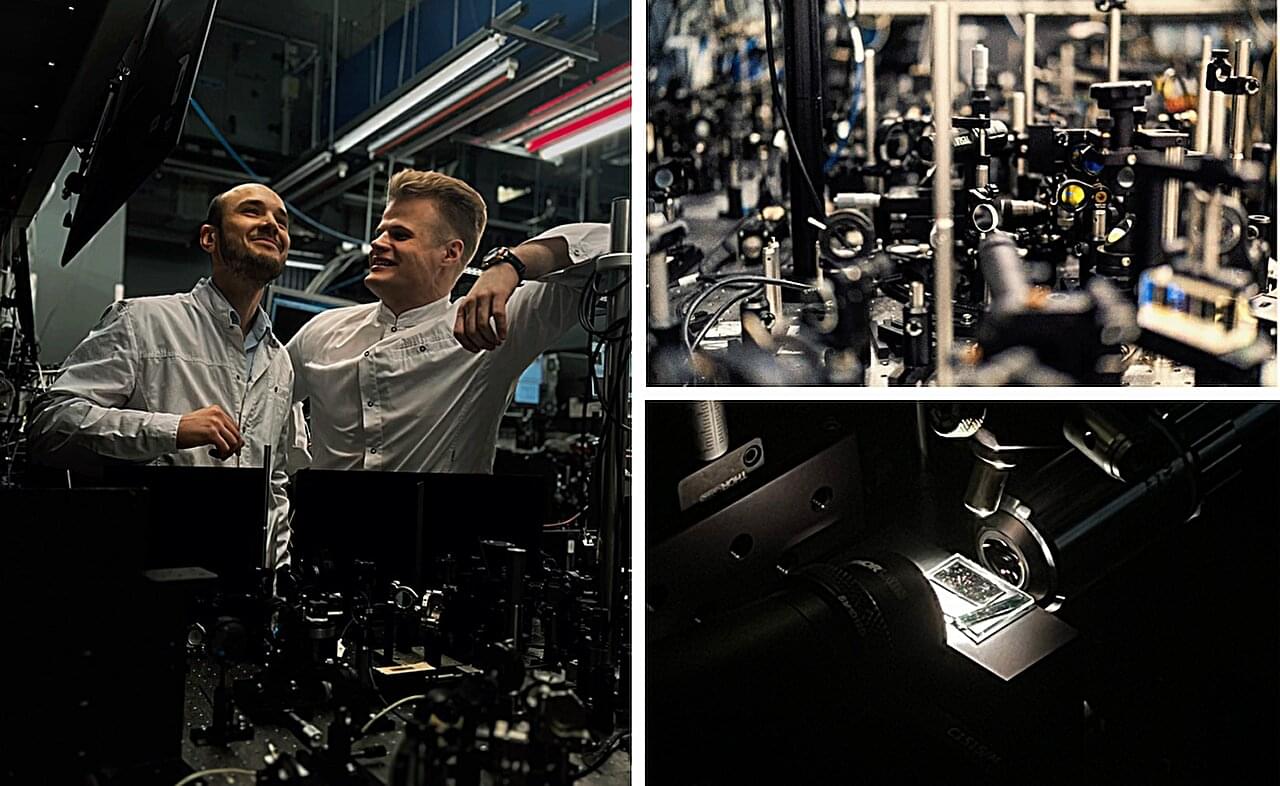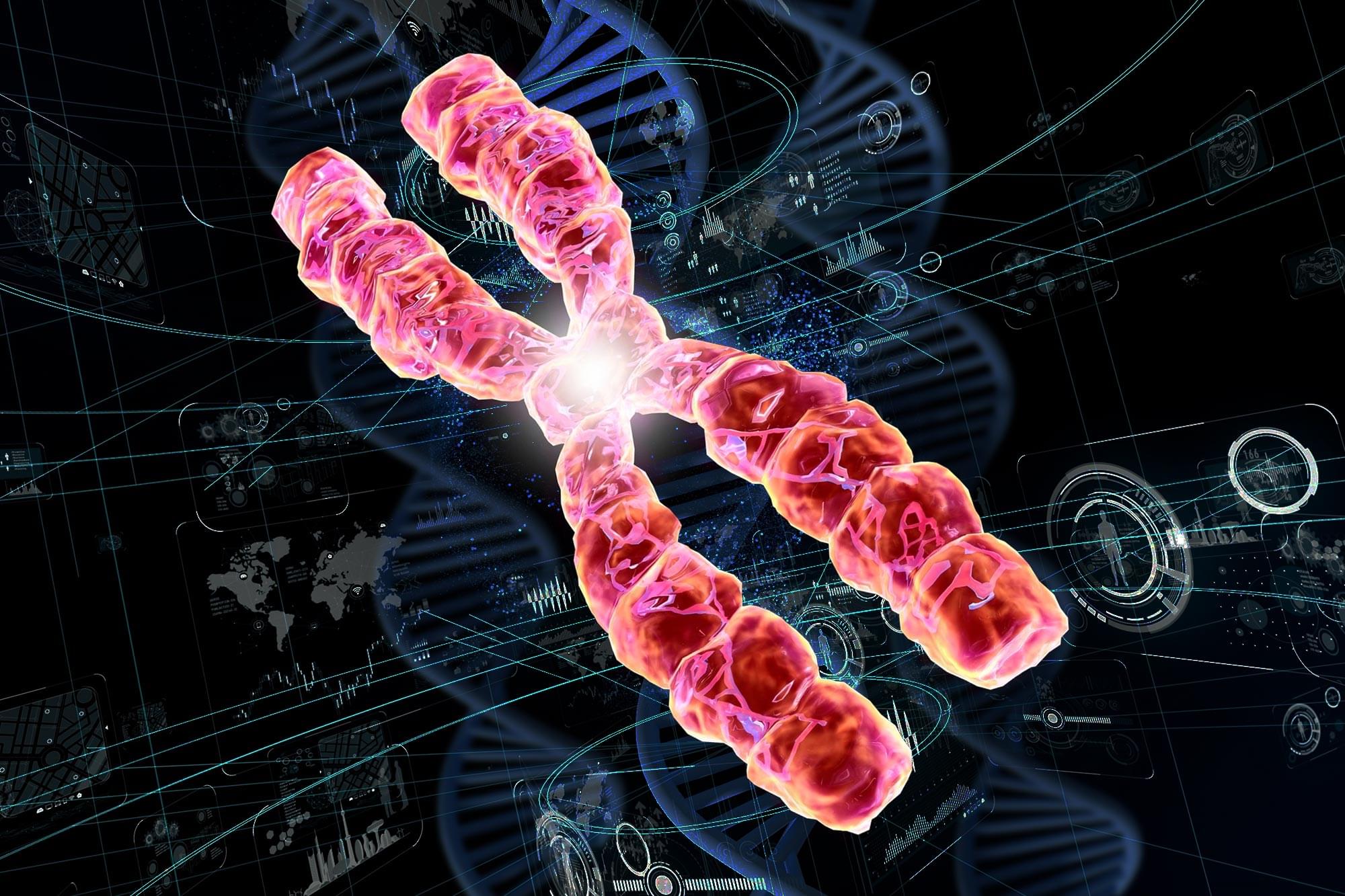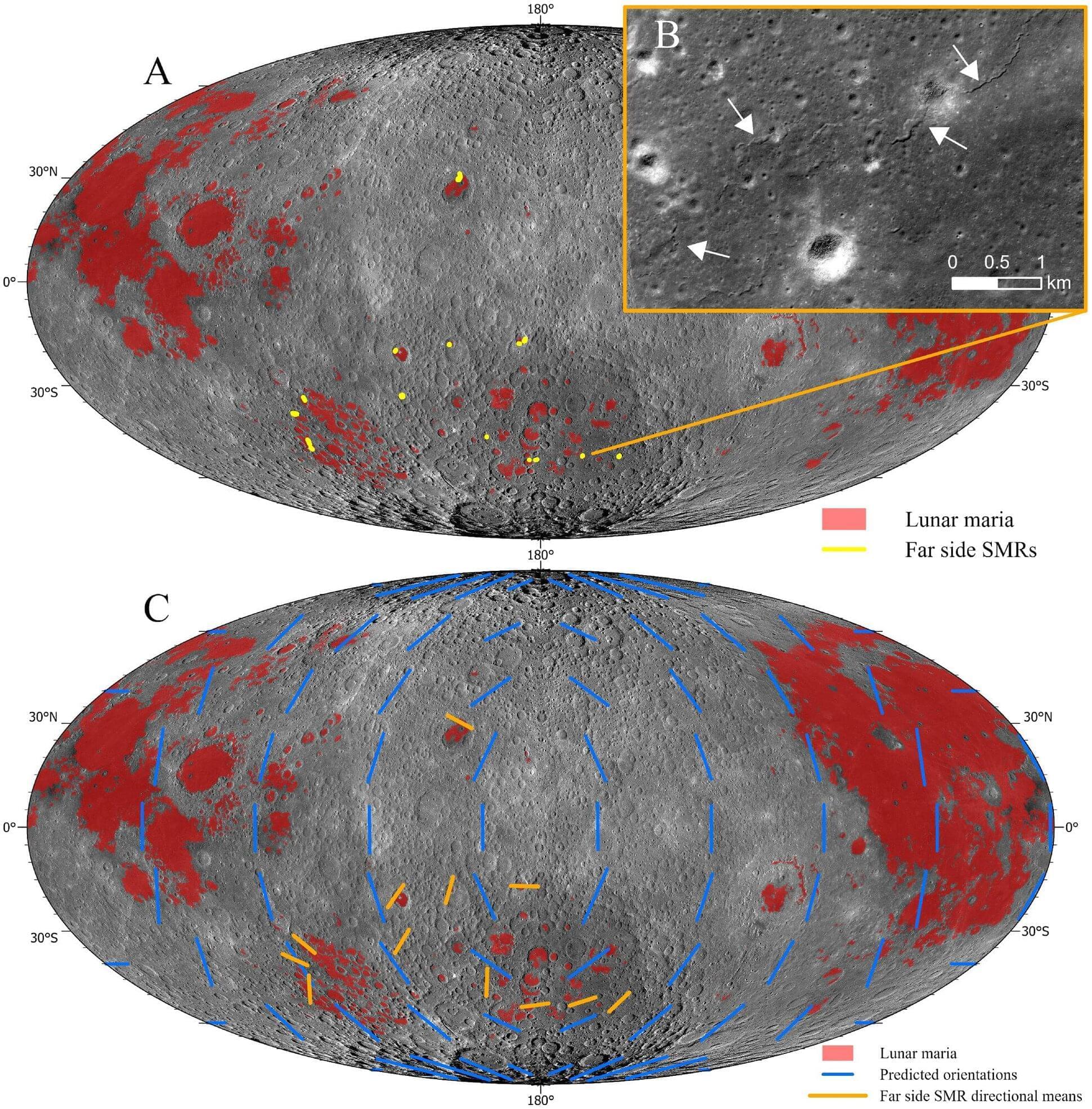Skyrmions are nanometer-to micrometer-sized magnetic whirls that exhibit particle-like properties and can be moved efficiently by electrical currents. These properties make skyrmions an excellent system for new types of data storage or computers. However, for the optimization of such devices, it is usually too computationally expensive to simulate the complicated internal structure of the skyrmions.
One possible approach is the efficient simulation of these magnetic spin structures as particles, similar to the simulation of molecules in biophysics. Until now, however, there has been no conversion between simulation time and experimental real time.
